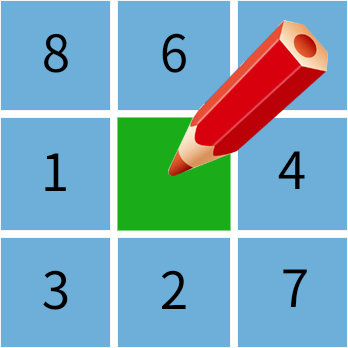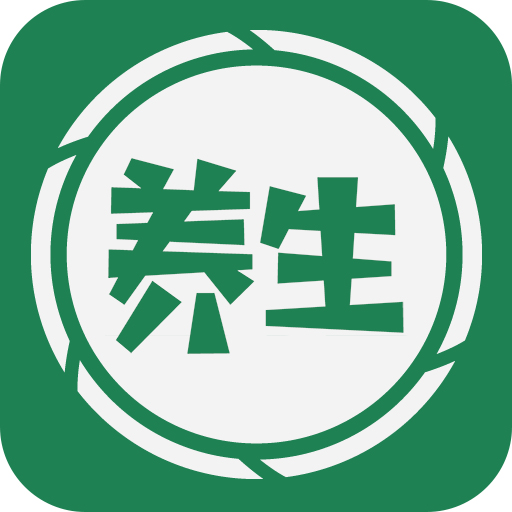C#開發(fā)中如何處理消息隊列和異步通信問題
引言:
在現(xiàn)代軟件開發(fā)中,隨著應(yīng)用程序的規(guī)模和復(fù)雜程度不斷增加,有效處理消息隊列和實現(xiàn)異步通信變得非常重要。一些常見的應(yīng)用場景包括分布式系統(tǒng)間的消息傳遞、后臺任務(wù)隊列的處理、事件驅(qū)動的編程等。
本文將探討C#開發(fā)中如何處理消息隊列和異步通信問題,并提供具體的代碼示例。
一、消息隊列
消息隊列是一種允許消息的異步通信機制,通過發(fā)送消息到隊列中,接收者可以異步地獲取并處理消息。其優(yōu)點包括解耦、提高系統(tǒng)可伸縮性和容錯性等。
在C#開發(fā)中,可以使用Azure Service Bus,RabbitMQ等消息隊列服務(wù)來實現(xiàn)消息隊列的功能。以下是使用RabbitMQ的示例代碼:
接收消息
using RabbitMQ.Client;
using RabbitMQ.Client.Events;
using System;
using System.Text;
class Receive
{
static void Main()
{
var factory = new ConnectionFactory() { HostName = "localhost" };
using (var connection = factory.CreateConnection())
using (var channel = connection.CreateModel())
{
channel.QueueDeclare(queue: "hello",
durable: false,
exclusive: false,
autoDelete: false,
arguments: null);
var consumer = new EventingBasicConsumer(channel);
consumer.Received += (model, ea) =>
{
var body = ea.Body.ToArray();
var message = Encoding.UTF8.GetString(body);
Console.WriteLine(" [x] Received {0}", message);
};
channel.BasicConsume(queue: "hello",
autoAck: true,
consumer: consumer);
Console.WriteLine(" Press [enter] to exit.");
Console.ReadLine();
}
}
}
登錄后復(fù)制
發(fā)送消息
using RabbitMQ.Client;
using System;
using System.Text;
class Send
{
static void Main()
{
var factory = new ConnectionFactory() { HostName = "localhost" };
using (var connection = factory.CreateConnection())
using (var channel = connection.CreateModel())
{
channel.QueueDeclare(queue: "hello",
durable: false,
exclusive: false,
autoDelete: false,
arguments: null);
string message = "Hello World!";
var body = Encoding.UTF8.GetBytes(message);
channel.BasicPublish(exchange: "",
routingKey: "hello",
basicProperties: null,
body: body);
Console.WriteLine(" [x] Sent {0}", message);
}
Console.WriteLine(" Press [enter] to exit.");
Console.ReadLine();
}
}
登錄后復(fù)制
以上代碼中,接收者通過channel.BasicConsume方法注冊一個事件處理程序處理從隊列中接收到的消息。發(fā)送者使用channel.BasicPublish方法將消息發(fā)送到隊列中。
二、異步通信
異步通信是一種并發(fā)處理方式,可以提高應(yīng)用程序的性能和響應(yīng)能力。在C#開發(fā)中,可以使用異步方法和任務(wù)來實現(xiàn)異步通信。
- 異步方法
異步方法通過
async和await關(guān)鍵字實現(xiàn),在處理耗時操作時可以讓線程回到調(diào)用者的線程上繼續(xù)執(zhí)行其他任務(wù),而不會阻塞調(diào)用者的線程。以下是使用異步方法處理耗時操作的示例代碼:
using System;
using System.Threading.Tasks;
class Program
{
static async Task Main()
{
await DoSomethingAsync();
Console.WriteLine("Continue working...");
Console.ReadLine();
}
static async Task DoSomethingAsync()
{
Console.WriteLine("Start working...");
await Task.Delay(2000);
Console.WriteLine("Finish working...");
}
}
登錄后復(fù)制
以上代碼中,DoSomethingAsync方法使用了await Task.Delay(2000)來模擬一個耗時操作。Main方法使用await關(guān)鍵字來等待DoSomethingAsync方法的完成。
- 任務(wù)
任務(wù)(Task)是.NET中的一種抽象,代表一個異步操作。可以使用
Task.Run方法或Task.Factory.StartNew方法創(chuàng)建一個任務(wù),并使用await來等待任務(wù)的完成。以下是使用任務(wù)處理耗時操作的示例代碼:
using System;
using System.Threading.Tasks;
class Program
{
static void Main()
{
Task.Run(() =>
{
Console.WriteLine("Start working...");
Task.Delay(2000).Wait();
Console.WriteLine("Finish working...");
}).Wait();
Console.WriteLine("Continue working...");
Console.ReadLine();
}
}
登錄后復(fù)制
以上代碼中,通過Task.Run方法將耗時操作放在一個新的任務(wù)中,使用Wait方法等待任務(wù)的完成。
結(jié)論:
通過合理地使用消息隊列和異步通信,可以提高應(yīng)用程序的性能、可伸縮性和響應(yīng)能力。在C#開發(fā)中,可以使用消息隊列服務(wù)如RabbitMQ或Azure Service Bus來實現(xiàn)消息隊列的功能,使用異步方法和任務(wù)來實現(xiàn)異步通信。希望本文對你在C#開發(fā)中處理消息隊列和異步通信問題提供了一些幫助。
參考文獻(xiàn):
- https://www.rabbitmq.com/getstarted.html
以上就是C#開發(fā)中如何處理消息隊列和異步通信問題的詳細(xì)內(nèi)容,更多請關(guān)注www.92cms.cn其它相關(guān)文章!






